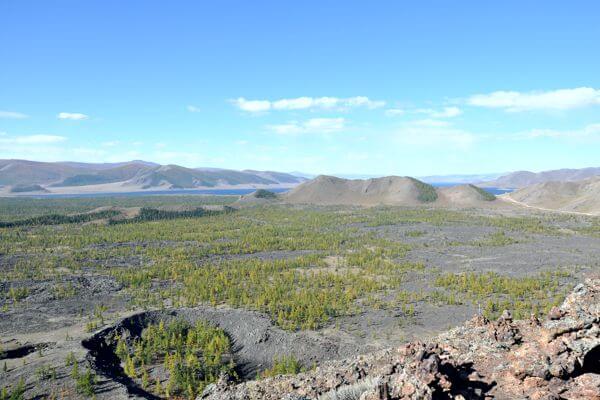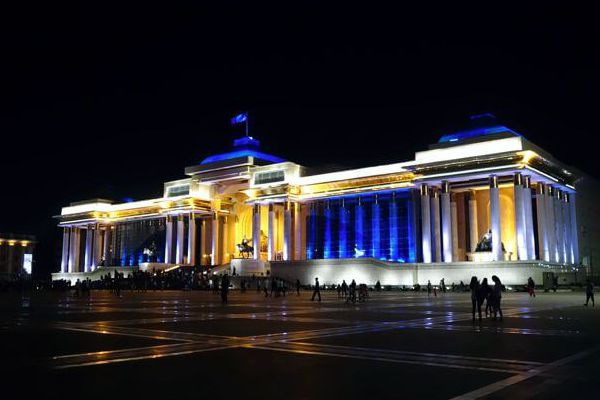The Central Mongolian Grasslands & Khovsgol Lake
(12 days)
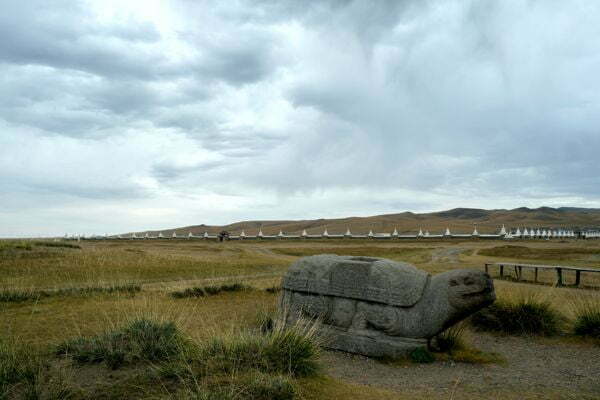
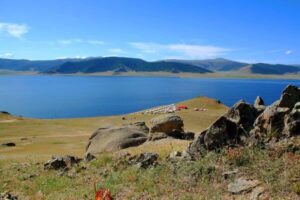
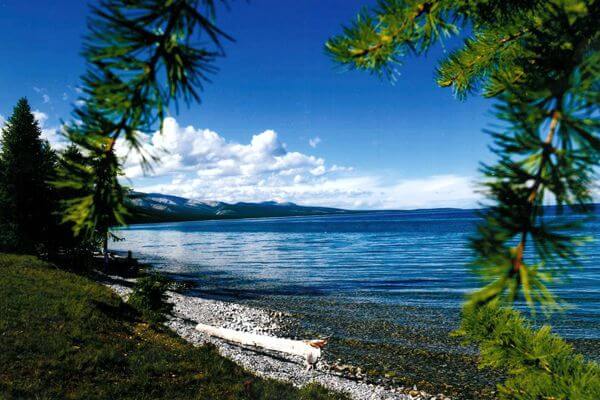
short description
Detailed description

Karakorum
Today we will set off for a driving day to Karakorum (also called Kharkhorin).
Karakorum is the site of the 13th century capital of the Mongolian Empire created by Genghis Khan. The founding of Karakorum started on the ruins of Turug and Uigur cities in the Orkhon valley at the eastern end of the Khangai Mountains in 1220 by the Genghis Khan’s order. It was completed 15 years later during the Ugedei Khan’s reign. The town was a very cosmopolitan and religiously tolerant place.
The silver tree, part of Möngke Khan’s palace has become the symbol of Karakorum.
The highest peak of its prosperity was from 1220 to 1260. The specific feature of this stage is that Karakorum existed as the great capital of the Euro-Asian Empire with Mongolia as its core and as the centre of politics, economy, culture, religion, intellect, and diplomacy and the prominent tie of international relations.
Between 1260 and 1380 Karakorum lost the status of the Great Mongolian Empire and became the capital of Mongolia. When Kublai Khan claimed the throne of the Mongol Empire in 1260, as did his younger brother, Ariq Boke, he relocated his capital to today’s Beijing. Karakorum was reduced to the administrative centre of a provincial backwater of the Yuan Dynasty.
In 1368, the rule of Mongolian Yuan Dynasty collapsed and the centre of Mongolian government was shifted to its homeland after 110 years since Kublai Khan moved the Empire capital to China in 1260. It gave Karakorum a chance to prosper again.
In 1388, Ming troops under General Xu Da took and destroyed the town.
Today nothing is left from this legendary city.
In 1580, when Abtai Sain Khan together with his brother, lord Tumenkhen, visited the 3rd Dalai Lama and expressed their wish to build a temple in Mongolia, he advised them to reconstruct one old temple in Karakorum. The temple in Takhai ruins that was restored in 1588 according to the Dalai Lama’s recommendation is the Main Zuu temple of Erdene Zuu monastery.
Now Erdene Zuu Monastery is all that remains of what once was a huge monastery of 100 temples and about 1.000 lamas residing there. We will explore the grounds of Erdene Zuu Monastery surrounded by its massive 400 m X 400 m walls. We will be guided around the 3 remaining temples: Dalai Lama, Zuu of Buddha and Lavrin Temple.
Another place we will visit will be Karakorum Archaeological Museum. It is a small museum but housed in a modern well-run building with good lighting and display cases with clear English labels. The exhibits include dozens of artefacts dating from the 13th and 14th centuries which were recovered from the immediate area, plus others that were found from archaeological sites in other parts of the provinces, including prehistoric stone tools. You’ll see pottery, bronzes, coins, religious statues and stone inscriptions. There’s also a half-excavated kiln sunk into the museum floor. Perhaps most interesting is the scale model of ancient Karakorum, which aims to represent the city as it may have looked in the 1250s, and is based on descriptions written by the French missionary William of Rubruck. Another chamber exhibits a most recent addition, a Turkic noble tomb with wall paintings and artefacts, including gold items and jewellery. There is a short video of actual burial site.
We will also see the Turtle Rock and the Phallic Rock, visit little market behind walls exposing local arts by locals.
(Ger camp L, D)
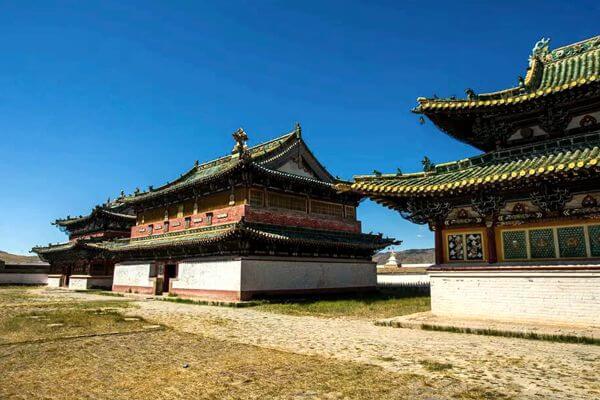
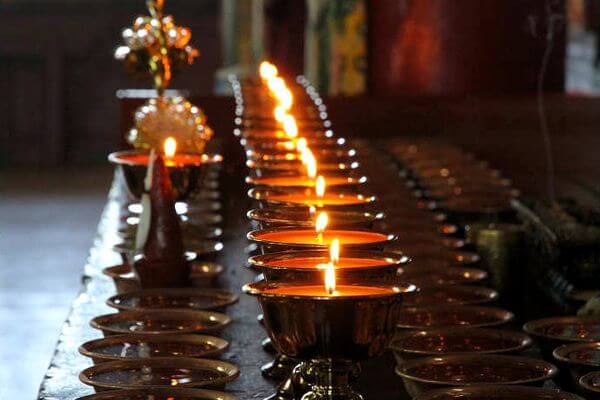
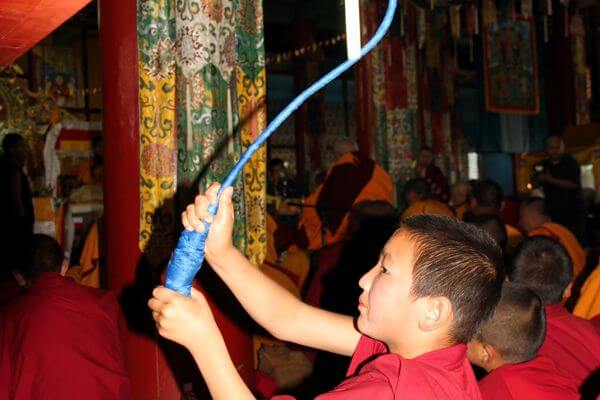
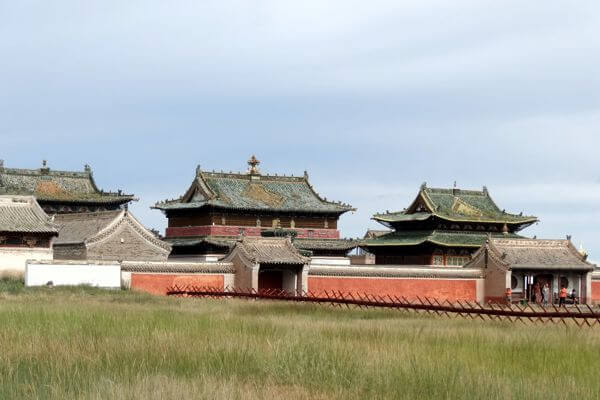
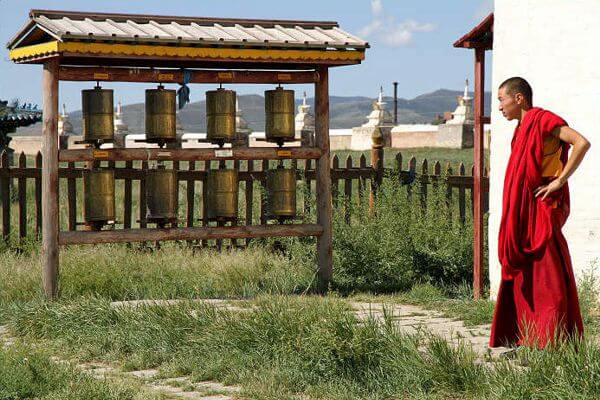
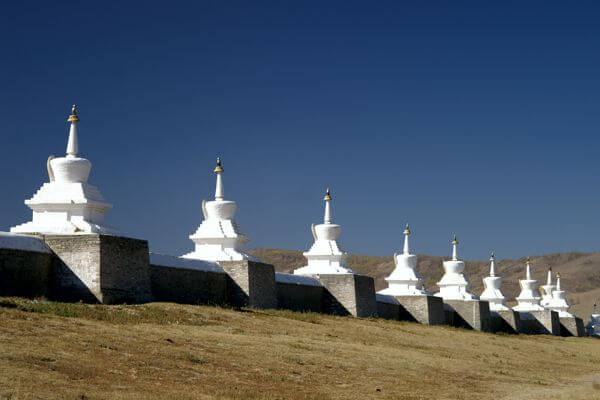

Orkhon valley and waterfall
The optional stop will be at Tovkhon Monastery, established during the 1650’s by Zanabazar, one of Mongolia’s most respected religious leaders. The monastery’s wooden buildings are integrated with a natural system of caves perched near a hilltop, from which you have beautiful views of the Orkhon Valley and the surrounding pine forests. On the top of the cliff, a pile of stones to worship a god of this mountain forms a hill. It is called Ovoo. The valley is registered as world cultural heritage by UNESCO due to its ancient findings, artefacts related to early 6th century and even before that. As well as, 12th to 13th century great Mongol empire had expanded its capital Karakorum here. Moreover, pasture nomadic lifestyle still remains here and it keeps both historic and nomadic view of life.
In the Quaternary era a volcano erupted near the beginning of the Tsagaan Azarga or White Stallion River and the lava flowed down the Orkhon valley forming the 10-meter-thick layer of basaltic rocks. The basaltic layer was crosscut by the Orkhon River continuously and the canyon was formed as a result.
At the beginning of this canyon lays the 20 meters high, 10-meter-wide waterfall. The most adventures of you will climb down the canyon and swim the lake located at the foot of the waterfall.
(Ger camp B, L, D)
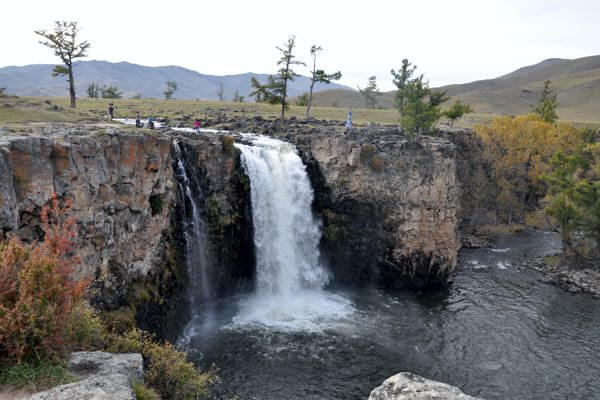
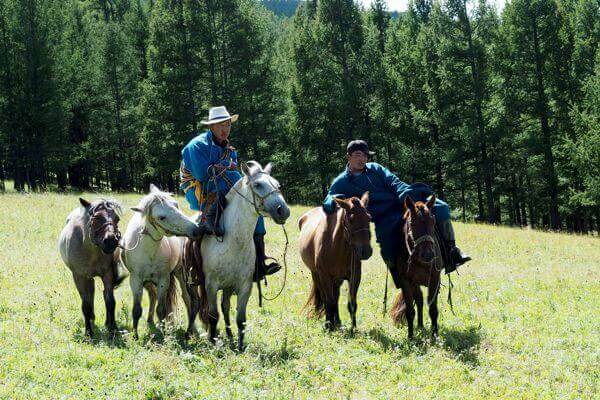

Tsenkher Hot Spring
We will be driving westward in the direction of Khangai Mountains. On average, the Khangai Mountains are 2500-3000 M above sea level and are composed of mainly granite, intrusive chert and sandstone belonging to Palaeozoic era. The Khangai Mountains is about 800 km long, ranging from Zavkhan province territory to Tuv province. They function as the continental divide of the world water system.
The green mountainsides and the network of smaller and larger rivers offer excellent pastureland for the herds of horses, yaks and cows.
In the afternoon we will reach Tsenkher hot spring resort. This resort has a large open-air pool at its customer’s disposal. The hot water of the pool flows continuously in from the hot water spring. At the spring, the temperature of the water is over 80 ° C. A complex pipelines system regulates the water temperature. Some will spend hours sitting in the pool talking to their friends while staring at the stars or scanning the nightly nature around them.
(Ger camp B, L, D)
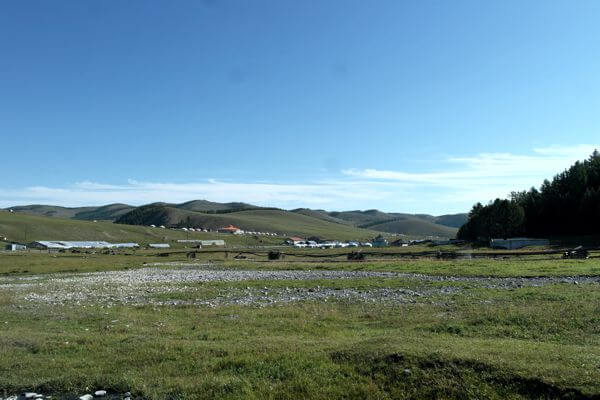
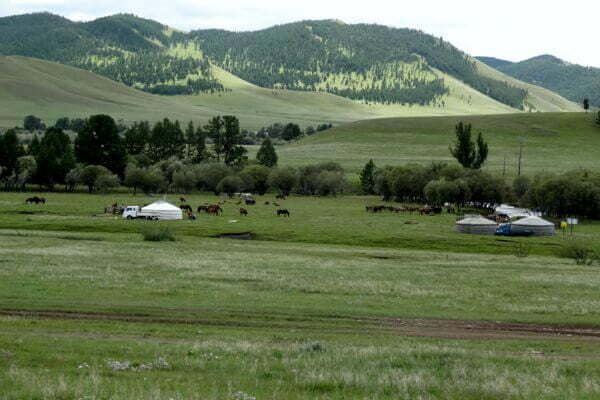

Khorgo – Terkhiin Tsagaan Nuur National Park
A little before lunchtime we will reach Tsetserleg, capital city of Arkhangai province. It is a lovely little town surrounded by forested hills. Here we will visit the Buyandelgeruulekh Monastery, the town main functioning monastery and the nice little Museum of Arkhangai located in Zayaiin Gegeenii Monastery. From the museum we will walk hill upward to a small abandoned monastery and enjoy the beautiful view we have from there over Tsetserleg and the surrounding hills.
We will eat lunch in a local restaurant. In the evening we will reach Terkhiin Tsagaan Lake. It is one of the most beautiful lakes of the country. The lake is surrounded by extinct and craterous volcanoes, and was formed by lava flows from a volcanic eruption many millennia ago. As a result of the volcano eruptions the landscape is covered with black volcanic rocks.
(Ger camp B, L, D)
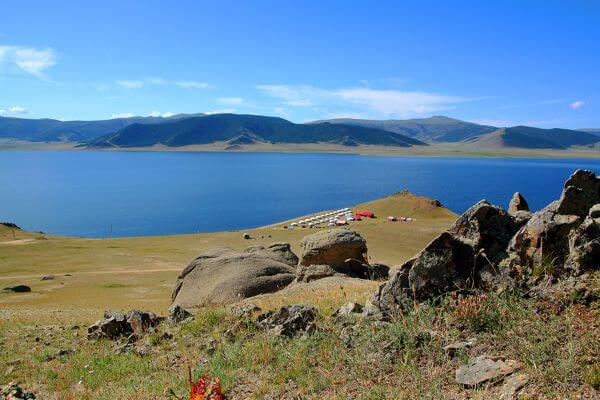

Khorgo – Terkhiin Tsagaan Nuur National Park
Today we will relax around the White Lake (also named the Terkhiin Tsagaan Nuur). We will make an excursion to the top of Khorgo Uul Volcano and we will pass the gorges that lead from Tariat to the volcano. The volcano crater is 200 m wide and 100 m deep and is covered with trees at the back and around the opening of the crater. To the south of Khorgo there are numerous basaltic “gers” formed during the cooling of lava; some of the gers have gates and upper holes and reach 1.7 m high.
(Ger camp B, L, D)
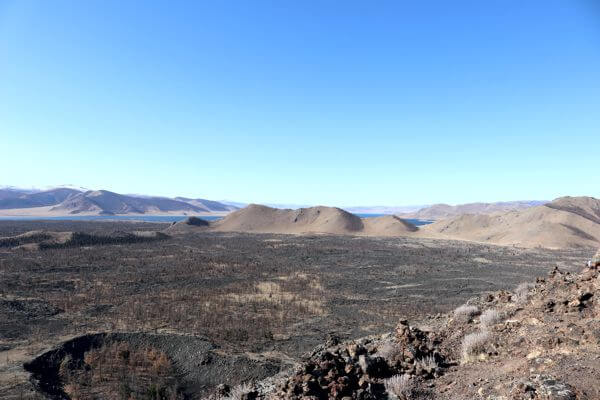

Zuun Nuur
We will drive for 2 consecutive days’ northwards to reach Khovsgol Lake. We will drive through the central grasslands where you will see large herds of horses, cows and yaks. You will cross several rivers, smaller and larger ones, all full of fish.
Tonight we will reach Dzuun a small lost lake in the middle of the Mongolian steppes. You’ll have a chance to observe several water birds on the lake.
(Tented camp B, L, D)
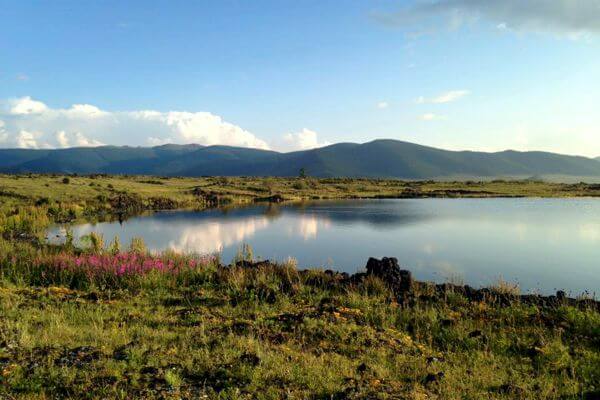

Khovsgol Lake
Today by lunch time we will reach Moron, capital city of Khovsgol province. We will stop at the local market to stock up food after what we will go on driving North. On the way we will visit the Uushig Deer Stone complex. A complex of deer stones dating back to prehistoric time. Evidence of Prehistoric people’s art work known as deer stones and burial mounds. After visiting the site we will continue on our driving and reach the Khovsgol Lake late evening.
Mongolian blue pearl, the Khovsgol Lake. It is a huge 2.760 square km alpine lake (130 km in length and 40 km in width), surrounded by mountain chains of more than 2.000 meters high, thick pine forests and lush meadow with grazing yaks and horses. More than 100 small rivers and streams feed the lake with crystal clear water. Water exits the lake through only one river, the Egiin, whose waters eventually reach the Baikal Lake. The lake contains about 1.5% of the world’s fresh water (excluding water contained in the icecaps). The lake and rivers are full of fish. Around a dozen species of fish inhabit the lake and rivers. The most well-known are the sturgeon, grayling, lennok, salmon, taimon, etc.
(Ger camp B, L, D)
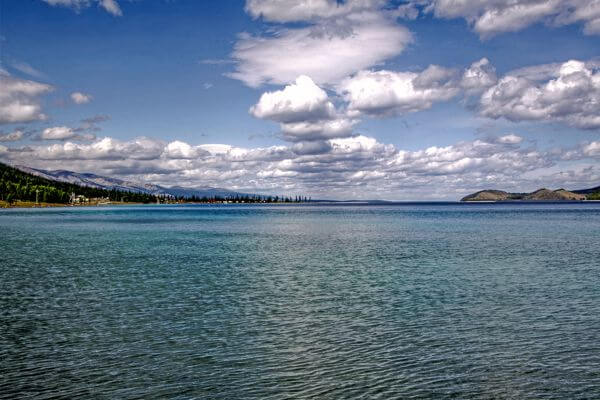
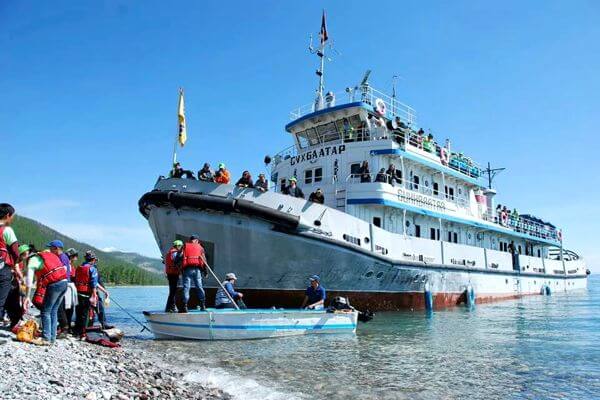

Khovsgol Lake
We will spend a full day exploring the lakeshore and surrounding mountains. For those interested they will have the possibility to go horseback riding, visit reindeer families, go hiking and canoeing (if weather permits). There is a big chance that we will come cross some Tsaatan families settled along the shores of the Khovsgol Lake. Their unique way of life is centred and structured around reindeer and guided by Shamanism, ancestral spiritual practice based on nature worship.
(Ger camp B, L, D)
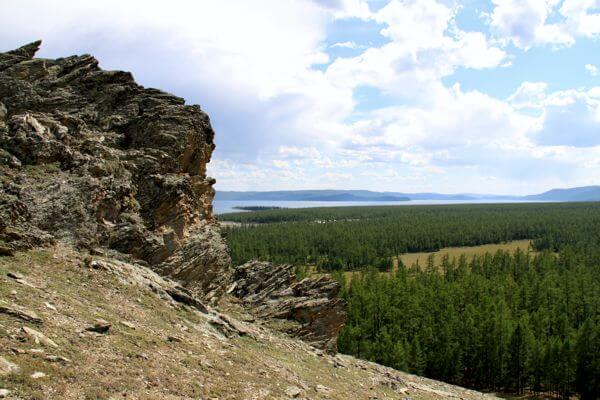

Selenge River
After having enjoyed rest day along the Khovsgol Lake, we will take the road again, south-eastwards to Amarbayasgalant Monastery. This trip will take us two days through the Mongolian grasslands, arriving at Amarbayasgalant Monastery on the 3rd day in the evening. We will overnight in a family close to the Selenge River. The Selenge is the largest river of Mongolia. The Selenge is formed by the confluence of the Ider river, which rises on the northern slope of the Khangai Mountain Range, and the Delger river. The river drains into Lake Baikal in Siberia and is 992 kilometres long, of which 593 kilometres flows through Mongolian territory. Large rivers – the Orkhon, Yeroo and Tamir – drain into the Selenge. The annual flow of the Selenge river is a remarkable 9.3 cubic kilometres and it accepts 30.6% of the flow of all rivers in Mongolia. We will spend an evening with nomads. Barbeque cooked over hot stones is on the menu. Engage a friendly chat & listen to their amazing life stories over one or two shots of vodka. Herders make local vodka from fermented milk.
(Tented camp B, L, D)
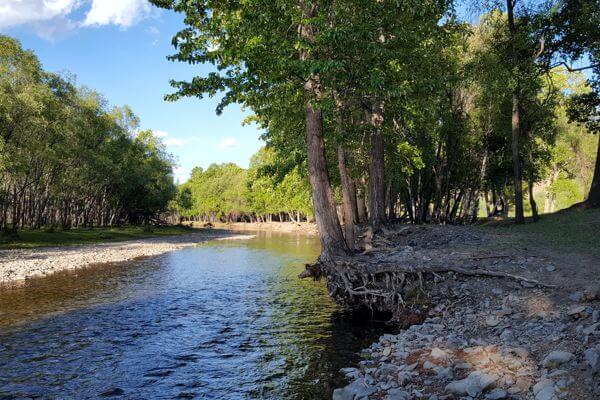

Bulgan & Uran Togoo Mountain
About 60km directly west of Bulgan city is the extinct volcano of Uran Uul and nearby Togoo Uul, now part of the 1600 hectare Uran-Togoo Tulga Uul Natural Reserve in the sum (district) of Khutag-Ondor.
Trails to the top of the relatively unimpressive volcano lead up from the west side, which also has some nice camping areas. On the top of the extinct volcano is a crater, 500 to 600 meters wide and 50 meters deep, filled with a small “crater lake” about 20 meters in diameter.
(Ger camp B, L, D)
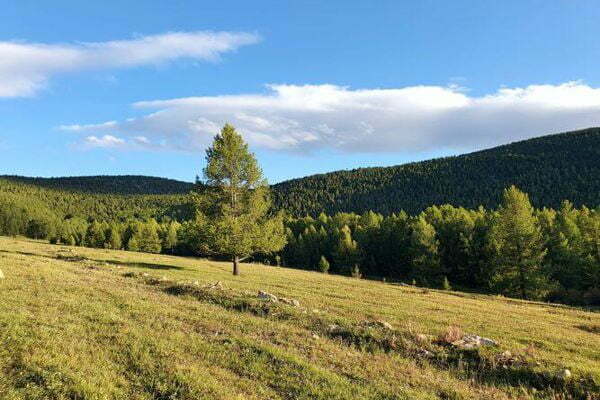

Amarbaysgalant Monastery
After a third day of driving from Khovsgol lake, we will finally reach Amarbayasgalant Monastery. The monastery is set in an exquisite valley surrounded by mountains. After Erdene Zuu Monastery, Amarbayasgalant Monastery is considered as the second most important monastery and the most intact architectural complex of Mongolia. The monastery was built in the 18th century by the Manchu emperor Yongzheng and dedicated to the great Mongolian Buddhist Zanabazar.
(Ger camp B, L, D)
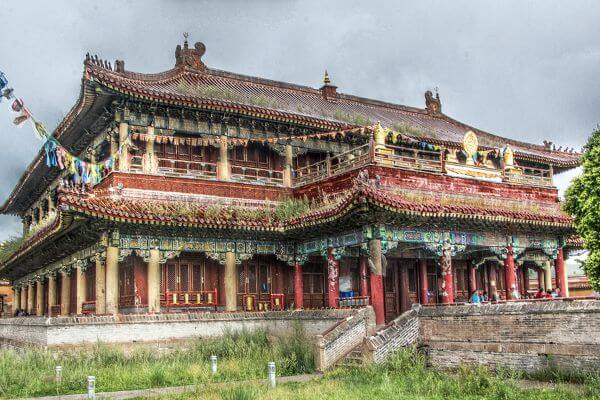

Ulaanbaatar
Today we will drive back to Ulaanbaatar. You may enjoy the free afternoon to catch up all the places you haven’t visited yet. In the evening we will have a farewell dinner and share some unforgettable moments of the trip.
(B, L)
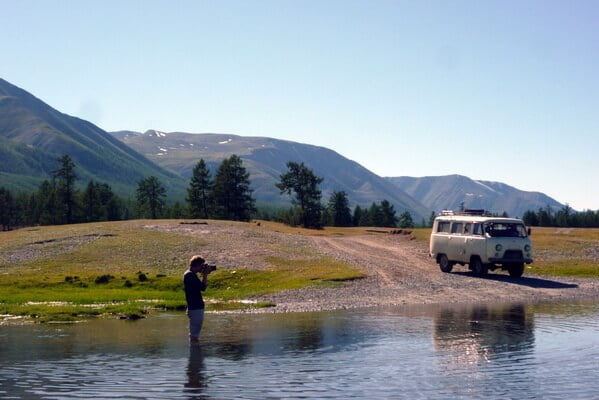
Option 1: Khustain Nuruu National Park
Przewalski’s Horse (Equus ferus przewalskii, also known as the Takhi horses) is a rare and endangered subspecies of wild horse native to the steppes of central Asia. The Takhi became extinct in the middle of the 20th century. They then could only be found in the zoos. Special breeding programs increased their numbers. At one time extinct in the wild, it has been reintroduced to its native habitat in Mongolia at the Khustain Nuruu National Park, Takhin Tal Nature Reserve and Khomiin Tal. Khustai Nuruu National Park was declared reserve status (category III) for over 50,000 hectares of the Khustain Nuruu area in 1993 but after significant scientific field researches into the area it was upgraded to a national park in 1998. Khustai Nuruu National Park is located about 100 km southwest from Ulaanbaatar. It protects today Mongolian’s Takhi wild horses. Today there are about 350 Takhi horses in Khustai. The park is home to 459 species of vascular plants, 85 species of lichens, 90 species of moss and 33 species of mushrooms. 44 species of mammals have been recorded, including Red deer, Mongolian gazelle, Roe deer, Wild boar, Wild sheep, Ibex, Mongolian marmots, Grey wolves, Lynx, Pallas’ cat, Red fox, Corsac fox and Eurasian badger. The 217 species of birds include Golden eagle, Lammergeier, Great bustard, Whooper swan, Black stork, Daurian partridge and Little owl. There are 16 species of fish, 2 species of amphibians, and 385 species of insects (including 21 species of ants, 55 species of butterflies, 10 species of bush crickets and 29 species of grasshoppers).
After arrival at the camp of the Khustai Nuruu National Park we will meet the staff of the park and be introduced to the project. In the afternoon we will explore the beauties of the Park by jeep, on foot or on horseback.
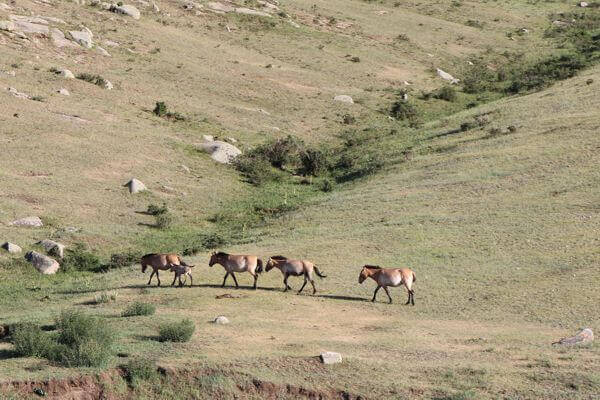
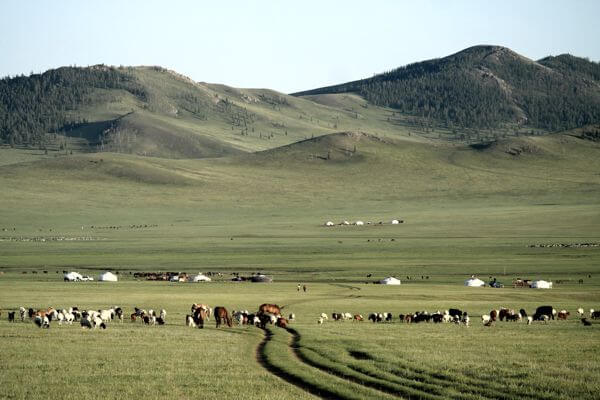
Option 2: Khogno Khan Mountains and Elsen Tasarkhai
Khogno Khan Mountains is an impressive massif in the open steppes. Not far from here runs the Tasarkhai Els, a 100 km long sand dune.
End the afternoon we will hike in the region of Khogno Khan Mountains, walk up the mountain and enjoy the incredible view over the plains, the sand dune and grasslands. We will also visit the nice little Ovgon Monastery.
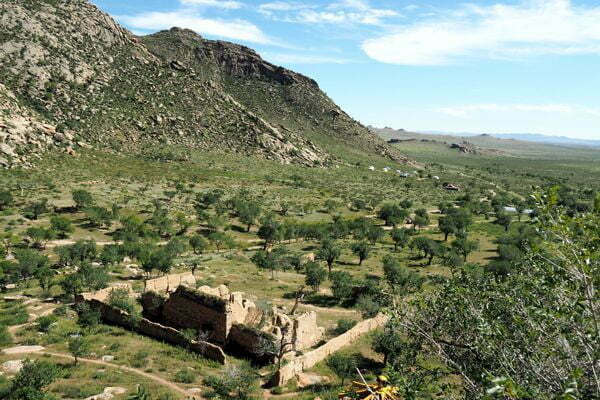
Option 3: Family stay in Central and Horse Riding
The family lives close to a river in the wide open Mongolian steps. We will experience the warm hospitality offered by the Mongolian families. For dinner we will be offered a typical Mongolian barbeque that will be prepared by nomads. Those who want will have the opportunity to try the “airag” or fermented horse milk if your travel dates fall within right season. Our guide – translator will help us to forge contact with the local population.
Those interested will have the opportunity to do horse riding.
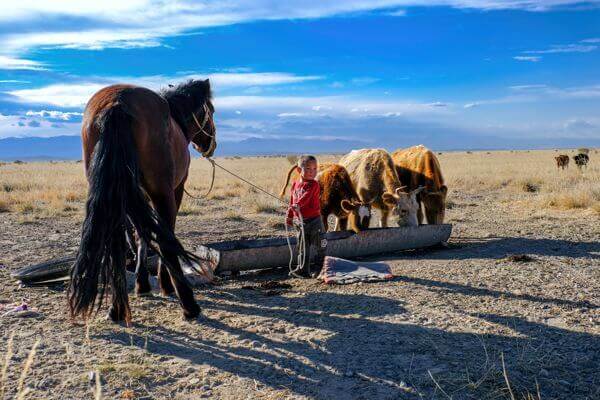
INCLUDED
- Land transportation
- 9 nights Ger camp stay
- 2 nights tented camp stay
- Meals 11B, 12L, 11D
- Tour guide
- Camping and kitchen equipment
- National park, museum, monastery entrance fee
NOT INCLUDED
- Hotel in Ulaanbaatar
- City touring
-
Medical, trip insurance and
evacuation costs - Alcoholic and soft drinks
